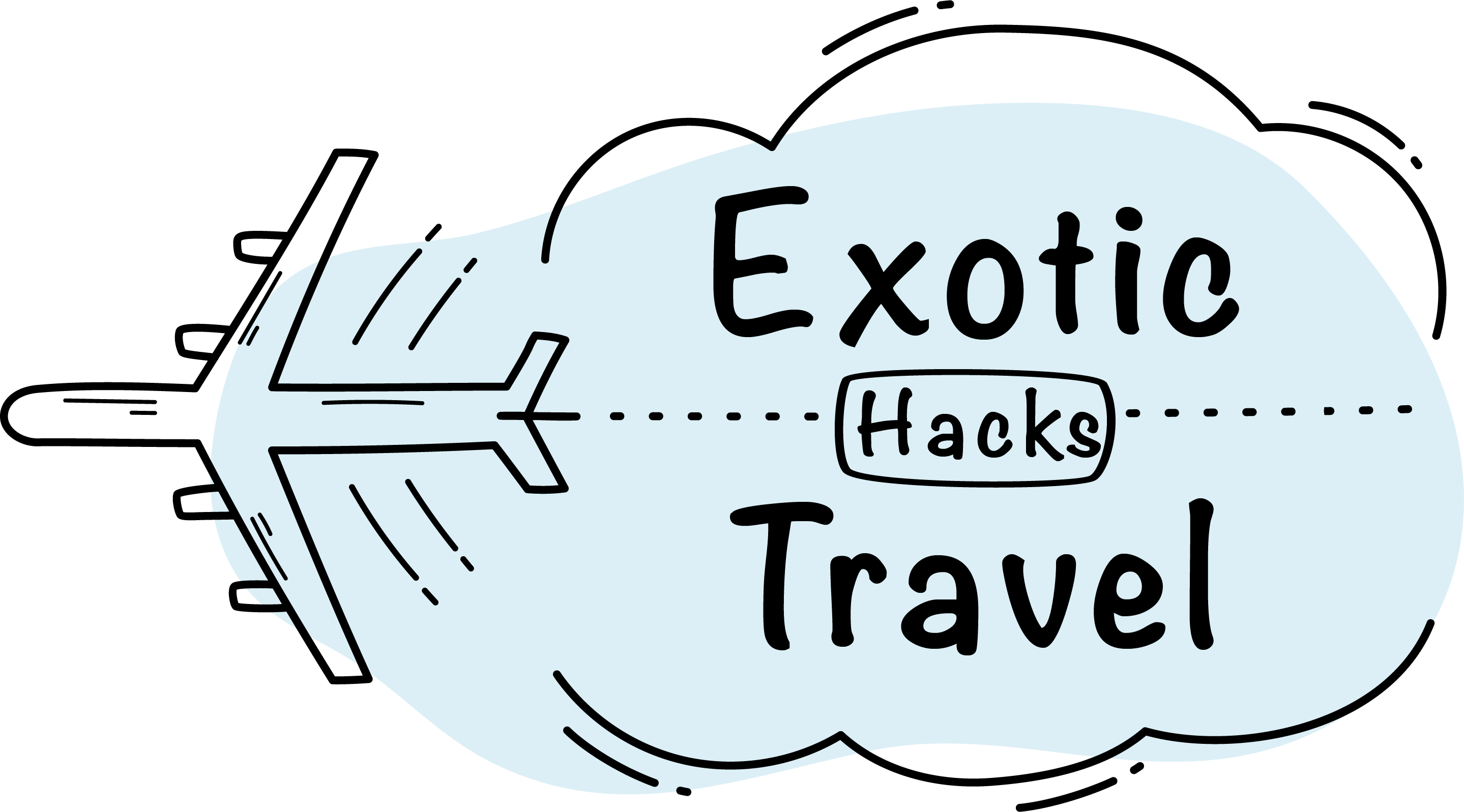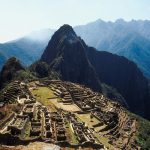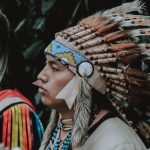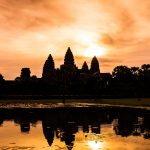Table of Contents
After living in Peru for a year and exploring every region from coastal deserts to the Amazon rainforest, I’ve discovered that Machu Picchu is just the beginning of Peru’s wonders. Here’s your guide to experiencing the best of Peru, the country’s lesser-known treasures and places where authentic culture thrives and mass tourism hasn’t yet arrived.
The Northern Mystery
Kuelap, the “Machu Picchu of the North,” offers a different take on ancient civilizations.
This massive fortress city of the Chachapoyas culture sits amid cloud forests, with far fewer tourists than its southern counterpart. The surrounding region features the Gocta Waterfall, one of the world’s highest, and the mountaintop sarcophagi of Karajia. Stay in Chachapoyas town, where local guides can arrange multi-day expeditions. The best part? You’ll often have these spectacular sites almost to yourself.
The Desert Oasis
Huacachina’s towering dunes provide adventures without the altitude. This desert oasis near Ica offers sandboarding, dune buggy rides, and incredible stargazing opportunities. The nearby Pisco vineyards reveal Peru’s wine culture, with family-run bodegas offering tastings of both wine and pisco. Spend days exploring the dunes and evenings sampling local cuisine in traditional desert homesteads. Don’t miss the sunset dune climbs – they’re worth every sandy step.
The Amazon Experience
Skip the touristy Iquitos routes and head to Puerto Maldonado instead. This gateway to the southern Amazon offers more intimate rainforest experiences. Stay in community-run lodges along the Tambopata River, where local guides share generations of jungle knowledge. Watch macaws gather at clay licks, spot river otters playing in oxbow lakes, and learn about medicinal plants from indigenous experts. Three-day minimum stays provide the best wildlife viewing opportunities.
The Canyon Country
Colca Canyon deserves more than a day trip from Arequipa. Base yourself in Cabanaconde village for multi-day treks through what’s the world’s deepest canyon. Stay with local families in remote valley settlements, soak in natural hot springs, and watch condors soar at dawn. The surrounding region offers glimpses into traditional Andean life, with terraced fields and villages where alpaca herding remains a way of life.
The Culinary Capital
Lima’s food scene goes way beyond ceviche. Explore the working-class district of La Victoria for the city’s best street food, or join early morning cooking classes in traditional markets. The bohemian Barranco district offers innovative takes on Peruvian classics in historic mansions-turned-restaurants. Learn to make perfect pisco sours, discover regional variations of causa, and understand why Peru’s cuisine earned UNESCO recognition.
Start your day at Mercado 1 in Surquillo, where local chefs source their ingredients. Join the morning rush at La Victoria’s papaya juice stands, where vendors blend fruits you’ve never heard of. The Central Market offers guided tours focused on Amazonian ingredients and Andean superfoods. For serious foodies, coordinate your visit with Mistura, Latin America’s largest food festival held each September.
Don’t miss the city’s Chifa restaurants, where Peruvian-Chinese fusion creates unique flavors. Local food historians offer walking tours through working-class neighborhoods where specific dishes originated. Evening cooking classes in San Isidro combine market visits with hands-on instruction in traditional techniques.
The Sacred Valley Secrets
The Sacred Valley holds countless treasures beyond the typical Pisac-Ollantaytambo route. Explore the salt pans of Maras, where families have harvested salt since Inca times. Visit Chincheros weaving cooperatives where traditional techniques survive. Stay in small villages like Maras or Urubamba, where local markets operate much as they have for centuries. These experiences provide deeper insights into Andean culture than rushed day tours allow.
Lesser-known sites like Moray’s agricultural terraces demonstrate the Incas’ agricultural genius. Local families offer homestays where you can participate in traditional farming practices. The valley’s remote communities still practice ancient potato-farming techniques, growing hundreds of varieties. Mountain biking trails connect hidden archaeological sites, offering adventure and history combined.
The Coastal Mysteries
Northern Peru’s coast reveals ancient civilizations and empty beaches. The Moche pyramids near Trujillo, especially the intricately decorated Huaca de la Luna, rival any archaeological site in the Americas. Chan Chan, the largest pre-Columbian city in South America, offers insights into the sophisticated Chimú culture. Nearby beach towns like Huanchaco, where fishermen still use traditional reed boats, provide perfect bases for exploration.
Recent archaeological discoveries continue to reshape our understanding of coastal civilizations. The Lord of Sipán tomb, comparable to King Tut’s insignificance, displays incredible goldwork in the Royal Tombs Museum. Small fishing villages offer opportunities to learn traditional reed boat-building techniques from master craftsmen.
The Mountain Lakes
Lake Titicaca deserves more than the standard Uros Islands tour. Stay in lakeside communities on Taquile or Amantani islands, where traditional life continues largely unchanged. Learn about ancient agricultural techniques on terraced fields, participate in local ceremonies, and understand why the lake holds such spiritual significance. Multi-day homestays offer the deepest cultural connections.
The Cloud Forest Trek
The Choquequirao trek offers a challenging alternative to the crowded Inca Trail. This “sacred sister” of Machu Picchu receives fewer visitors in a year than Machu Picchu gets in a day. The four-day minimum trek through spectacular mountain scenery leads to massive ruins that archaeologists are still uncovering. Camp in solitude with views that rival anything in the Sacred Valley.
The Local Festivals
Time your visit around regional festivals for authentic cultural experiences. Puno’s Candelaria festival in February combines Catholic traditions with Andean customs in a spectacular display of music and dance. Cusco’s Inti Raymi in June recreates Inca ceremonies with stunning precision. Even small village festivals offer insights into living traditions that pre-date the Spanish conquest.
The Practical Essentials
Internal flights connect most major destinations but don’t overlook overnight buses – Peru’s luxury buses rival business-class flights for comfort. Companies like Cruz del Sur and Oltursa offer fully reclining seats and meal service. For remote destinations, local guides often provide more reliable transportation than trying to arrange everything yourself. Always build buffer days for transport delays, especially during the rainy season (December-March).
Accommodation Strategy
While major cities offer international hotels, the best experiences often come from locally owned accommodations. In the Sacred Valley, converted haciendas provide authentic stays with modern comforts. Along the coast, surfer hostels offer great value and a community atmosphere. In the Amazon, research lodges carefully – the most expensive aren’t always the best. Look for properties run by local communities that reinvest in conservation.
Seasonal Considerations
Peru’s diverse regions mean you can always find good weather somewhere. The Andean dry season (May-October) offers clear skies but cold nights. The Amazon is always humid but has less rain from June to September. Coastal summer (December-March) brings perfect beach weather to the north. Some remote sites close during heavy rains, so check access before planning your itinerary.
Conclusion
Ready to explore Peru’s hidden treasures? Remember: the country’s greatest experiences often lie off the tourist trail, where ancient traditions thrive and local communities welcome visitors who take time to understand their culture. Success comes from slow travel, respecting local customs, and being flexible with your plans.
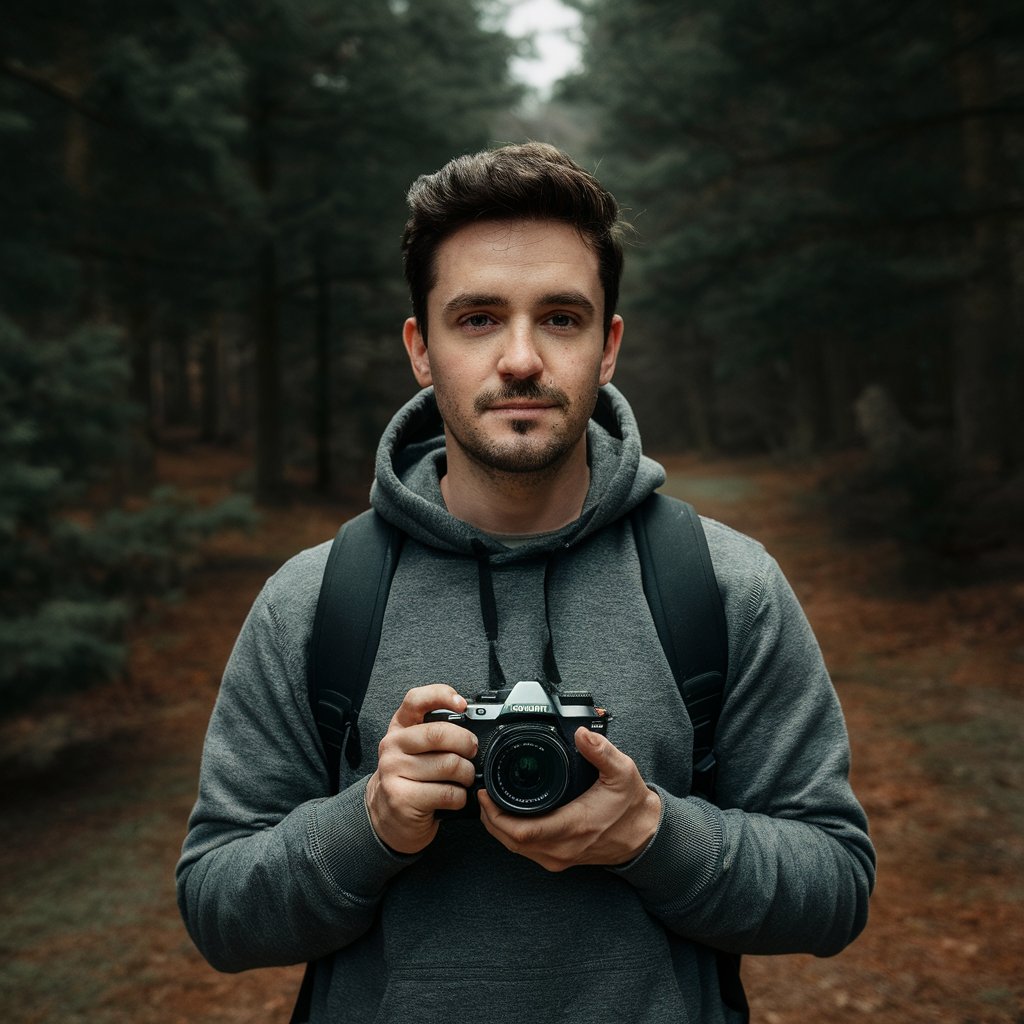
I’m Garrett, a seasoned photojournalist with a passion for uncovering the world’s hidden treasures. My journey is fueled by a deep curiosity for diverse cultures and breathtaking landscapes. When I’m not behind the lens capturing the world’s wonders, you can find me exploring underwater realms or sharing my passion for discovery with my two adventurous children.
